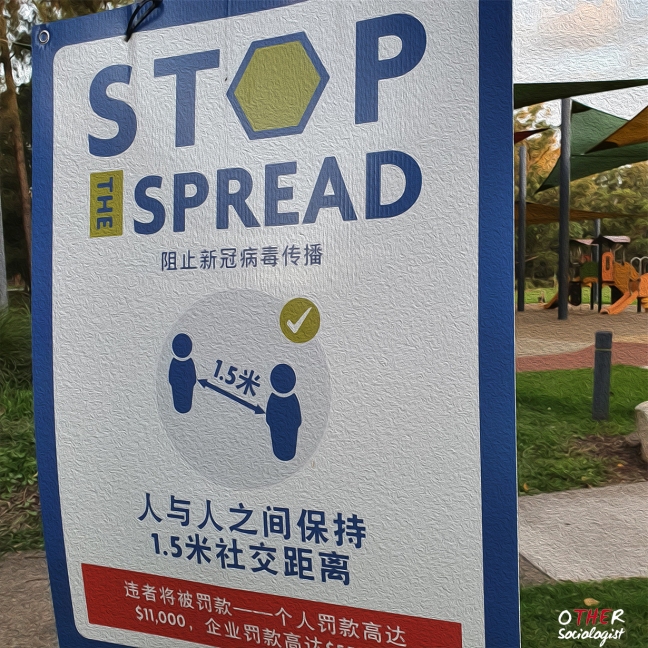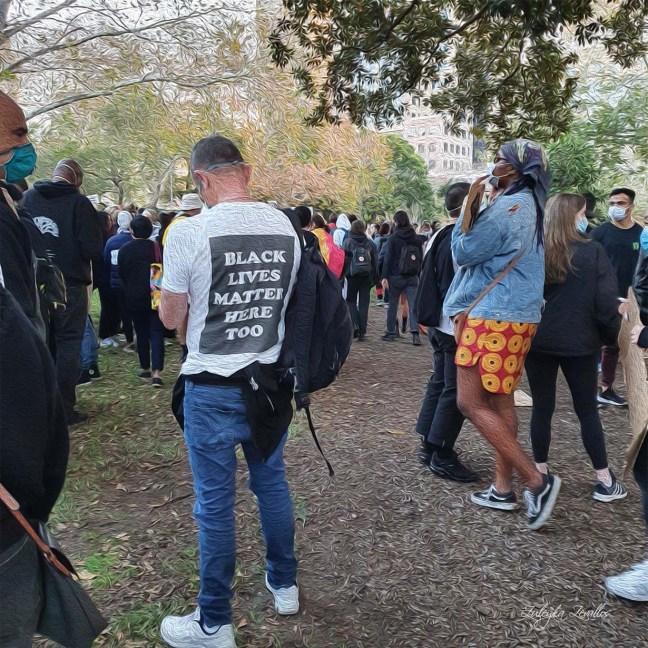This post explores how race and class impact media discourses of public health during the COVID-19 pandemic. Media reports have selectively focused on migrants and working class people linked to specific infection chains. Race and class are absent from media narratives involving white, middle class, and wealthy people, even when these events account for high rates of infection and trangression of COVID-19 rules. This analysis shows how inequality is reproduced and normalised through institutions, such as the media.
Continue reading Race, Class and the Delta OutbreakRace, Class and the Delta Outbreak








